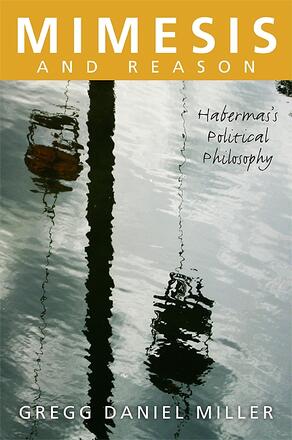
Mimesis and Reason
Habermas's Political Philosophy
Alternative formats available from:
Excavates the experiential structure of Habermas’s communicative action.
Description
Complicating the standard interpretation of Habermas as a proceduralist, Mimesis and Reason uncovers the role that mimesis, or imitation, plays as a genuinely political force in communicative action. Through a penetrating examination of Habermas's use of themes and concepts from Plato, George Herbert Mead, and Walter Benjamin, Gregg Daniel Miller reconstructs Habermas's theory to reveal a new, postmetaphysical articulation of reason that lays the groundwork for new directions in political theory.
Gregg Daniel Miller is Lecturer at the University of Washington.
Reviews
"This reconstruction of Habermas is sure to be met with hostility and will inevitably boil the blood of any card-carrying Habermasian … the book is a highly original addition to the growing body of literature that recognises the brilliance of Habermas, yet seeks to move past perceived problems or tensions within aspects of his thought … This book should enliven debate concerning the future of critical theory, and more specifically its relationship with aesthetic theory." — Political Studies Review
"Moving beyond the impasse of mimesis versus communicative rationality, an alternative that pitted Adorno against Habermas, Gregg Daniel Miller opens up a new vista in the continuing effort to develop a viable Critical Theory for the twenty-first century. Drawing on the insights of Mead and Benjamin, he imaginatively and persuasively establishes a point d'appui for rational critique that extends well beyond wan proceduralism without regressing to a discredited metaphysics. The result is a remarkable first book, which is less about the past of Critical Theory than its future." — Martin Jay, Sidney Hellman Ehrman Professor of History, University of California, Berkeley